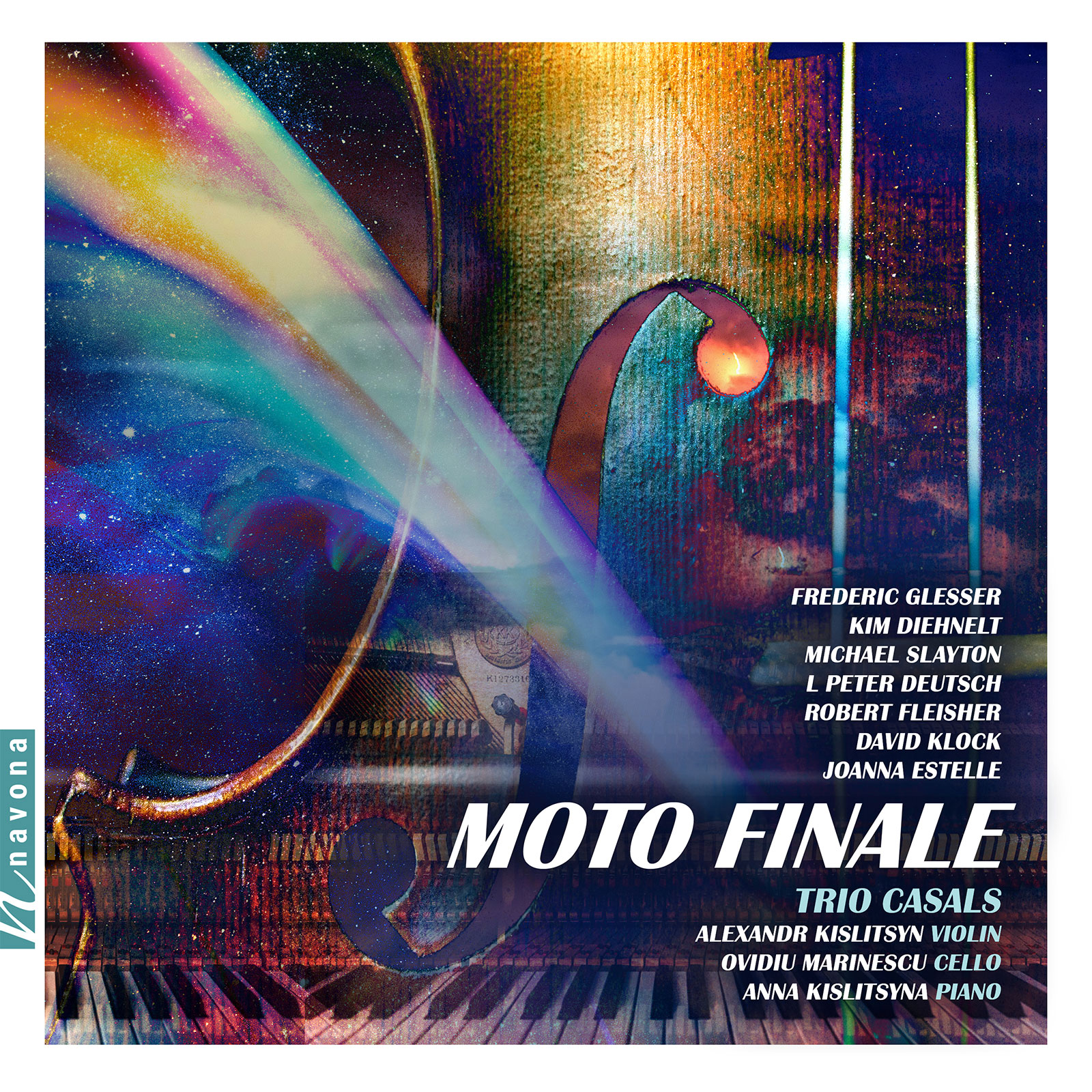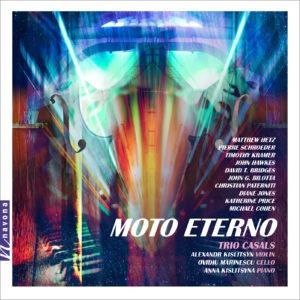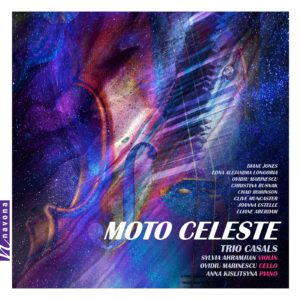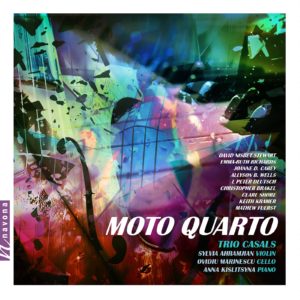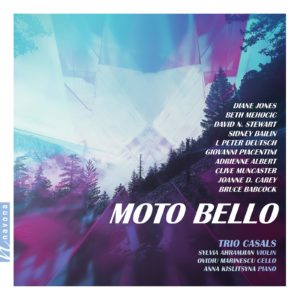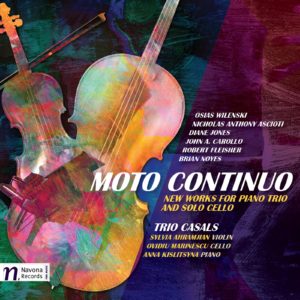Moto Finale
Frederic Glesser composer
Kim Diehnelt composer
Michael Slayton composer
L Peter Deutsch composer
Robert Fleisher composer
David Klock composer
Joanna Estelle composer
Trio Casals
Alexandr Kislitsyn violin
Ovidiu Marinescu cello
Anna Kislitsyna piano
MOTO FINALE brings the beloved chamber music series to a close with a number of works inspired by nature, loss, spiritual connection, and music of the past. The seasoned Trio Casals returns for this seventh and final installment to perform the works of seven composers in a diverse and conclusive capstone of modern composition. A fitting album to end the series, MOTO FINALE rewards the attention of listeners as it leads them on a journey of interweaving experiences. Trauma and chaos mingle with tranquility, nostalgia, melancholy, and hope, painting a broad emotional landscape.
Listen
Stream/Buy
Choose your platform
Performance Video
Joanna Estelle – Bobby’s Song | Trio Casals
Track Listing & Credits
| # | Title | Composer | Performer | |
|---|---|---|---|---|
| 01 | Piano Trio No. 2 | Frederic Glesser | Trio Casals | Alexandr Kislitsyn, violin; Ovidiu Marinescu, cello; Anna Kislitsyna, piano | 11:04 |
| 02 | Yarmouth Time | Kim Diehnelt | Trio Casals | Alexandr Kislitsyn, violin; Ovidiu Marinescu, cello; Anna Kislitsyna, piano | 10:49 |
| 03 | Through Stone Door | Michael Slayton | Trio Casals | Alexandr Kislitsyn, violin; Ovidiu Marinescu, cello; Anna Kislitsyna, piano | 6:34 |
| 04 | Winter 2005 | L Peter Deutsch | Trio Casals | Alexandr Kislitsyn, violin; Ovidiu Marinescu, cello; Anna Kislitsyna, piano | 5:28 |
| 05 | Dumkyana (Variations On Dvořák’s Piano Trio No. 4, Op. 90, “Dumky”) | Robert Fleisher | Trio Casals | Alexandr Kislitsyn, violin; Ovidiu Marinescu, cello; Anna Kislitsyna, piano | 11:37 |
| 06 | Water in Motion | David Klock | Trio Casals | Alexandr Kislitsyn, violin; Ovidiu Marinescu, cello; Anna Kislitsyna, piano | 5:59 |
| 07 | Bobby's Song | Joanna Estelle | Trio Casals | Alexandr Kislitsyn, violin; Ovidiu Marinescu, cello; Anna Kislitsyna, piano | 4:50 |
Recorded June 4-8, 2021 at the Shalin Liu Performance Center, Rockport MA
Session Producer, Editing, Mixing & Mastering Brad Michel
Session Engineer Tom Stephenson
Executive Producer Bob Lord
Executive A&R Sam Renshaw
A&R Director Brandon MacNeil
A&R Quinton Blue, Chris Robinson, Morgan Santos
VP of Production Jan Košulič
Production Director Levi Brown
Audio Director Lucas Paquette
Production Assistant Martina Watzková
VP, Design & Marketing Brett Picknell
Art Director Ryan Harrison
Design Edward A. Fleming
Publicity Patrick Niland, Sara Warner
Artist Information
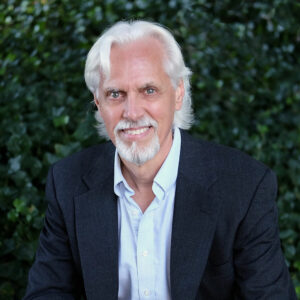
Frederic Glesser
Frederic Glesser grew up near Toledo OH where his early musical influences were rock, jazz, and music of the Baroque era. He studied jazz with Gene Parker and had flute studies with Kay Hartsfeld. He was later educated at Kent State University (Bachelor of Music) in Ohio where he studied composition with James Waters and David Stewart, and studied flute with Raymond DeMattia and Maurice Sharp, former principal flutist of the Cleveland Orchestra.

Kim Diehnelt
Kim Diehnelt (b. 1963) is compelled to create beauty through her work as a conductor, composer, and artistic coach. Trained in the United States and Europe, Kim Diehnelt established her musical crafts in Finland and Switzerland, leading Baltic, Russian, and European ensembles. Trained in the United States and Europe, Kim Diehnelt established her musical crafts in Finland and Switzerland, leading Baltic, Russian, and European ensembles. She currently resides in Burlington VT. Diehnelt has been composing works for solo instruments, chamber, orchestral and choral ensembles since 2011 when, after decades on the conductor’s podium, she “suddenly had something to say.”
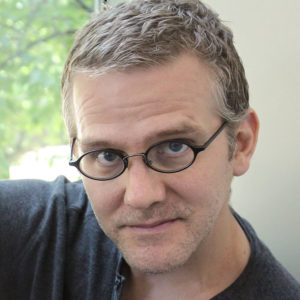
Michael K. Slayton
Michael K. Slayton is an American composer who has written works in a cross-section of musical genres, with specific emphasis on chamber music. His continuing dedication to the value of artistic exchange has afforded him opportunity to partner with distinguished performers all over the world. His music, published by ACA, Inc. (BMI), is regularly programmed in the U.S. and abroad, including Chemnitz, Seitz, Leipzig, Droyssig, and Weimar, Germany; Graz, Austria; Paris,Tours, and Marquette-lez-Lille, France; Kristiansund, Norway; Aviero, Portugal; Brussles, Belgium; Johannesburg and Potchefstroom, South Africa; London, UK; and New York, NY.
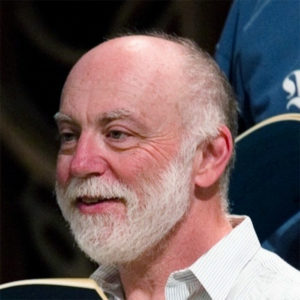
L Peter Deutsch
L Peter Deutsch is a native of Massachusetts, now living in Sonoma County CA, and British Columbia, Canada. He writes primarily for small instrumental or a capella vocal ensembles, spanning styles from devotional to romantic to jazzy, and from Renaissance to early 20th century. Works to date include four choral commissions; releases through PARMA Recordings include music for chorus, string quartet, woodwind and brass quintets, piano trio (featuring work with Trio Casals), and full orchestra.
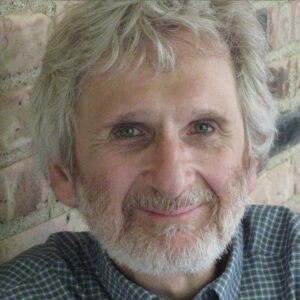
Robert Fleisher
Robert Fleisher’s music has been heard throughout the United States and in more than a dozen other countries and is available on Albany, Capstone, Centaur, Navona, Neuma, Petrichor, Phasma, PnOVA, Sarton, and SEAMUS labels. His acoustic works have been praised as “eloquent” (Ann Arbor News), “lovely and emotional” (Musicworks), “astoundingly attractive” (Perspectives of New Music), and “ingenious” (The Strad).

David Klock
David Klock is a composer of instrumental concert music as well as collaborative pieces for multimedia projects. His works have been featured in "Playas de Tijuana Mural Project," a documentary by Lizbeth de la Cruz Santana, Humanizing Deportation, a community-based digital storytelling project, The Neighborhood Arts Collective, a multidisciplinary arts organization, and published by T.U.X. People’s Music.
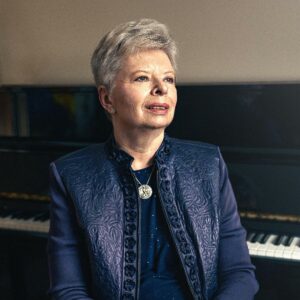
Joanna Estelle
Joanna Estelle (Storoschuk) is a Canadian composer, lyricist, and arranger, born of Ukrainian parentage. Her music has won critical acclaim from Parliament Hill, Ottawa (Canada) to London (United Kingdom), Barcelona (Spain), Carnegie Hall (New York City), and elsewhere around the world. Estelle studied classical piano and theory with the Royal Conservatory of Music (Toronto) as a young person, but her parents deterred her from pursuing music as a career. Instead, she graduated in Psychology and English (Brock, 1972), then went on to study management accounting. However, her enthusiasm for music never waned.
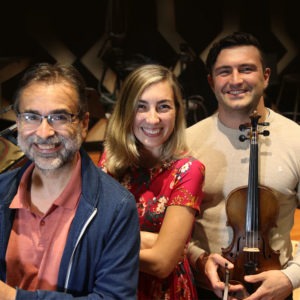
Trio Casals
Since making a highly-praised debut at the 1996 edition of the Pablo Casals Festival in Puerto Rico, Trio Casals has delighted audiences with spectacular virtuosity, engaging enthusiasm, and exquisite musical elegance. Consisting of pianist Anna Kislitsyna, violinist Alexandr Kislitsyn, cellist Ovidiu Marinescu, Trio Casals has released several commercial albums with PARMA Recordings and Navona Records to critical acclaim, from the beloved MOTO series to A GRAND JOURNEY and more.
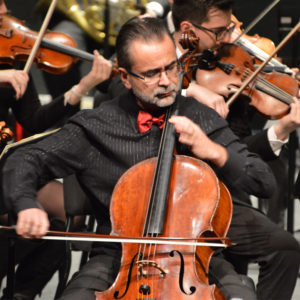
Ovidiu Marinescu
Ovidiu Marinescu, a native of Romania, is active as a cellist, conductor, composer, and educator. He has performed at Carnegie Hall, Merkin Hall, the Great Hall of the Moscow Conservatory, Rachmaninov Hall, Holywell Room in Oxford, Oriental Art Center in Shanghai, and many other venues around the world. He has appeared as a soloist with the New York Chamber Symphony, the National Radio Orchestra of Romania, Moscow Chamber Orchestra, Helena and Newark Symphonies, Southeastern Pennsylvania Symphony Orchestra, the Cleveland Philharmonic, Limeira Symphony in Brazil, Orquesta de Extremadura in Spain, and most orchestras in Romania.
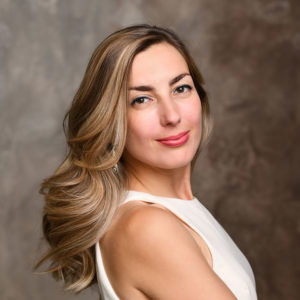
Anna Kislitsyna
Pianist and harpsichordist Anna Kislitsyna made her solo debut at age 10 with the Omsk Symphony Orchestra. She remains in high demand as a soloist, collaborative pianist, and educator. Recent season highlights include five new album productions with PARMA Recordings and two release concerts in Carnegie Hall’s Weill Recital Hall, performing Haydn and Shostakovich Piano Concertos with Helena Symphony and Southeastern Pennsylvania Symphony Orchestra, and returning to the Omsk Philharmonic as a soloist to give the inaugural performance on the new harpsichord.
